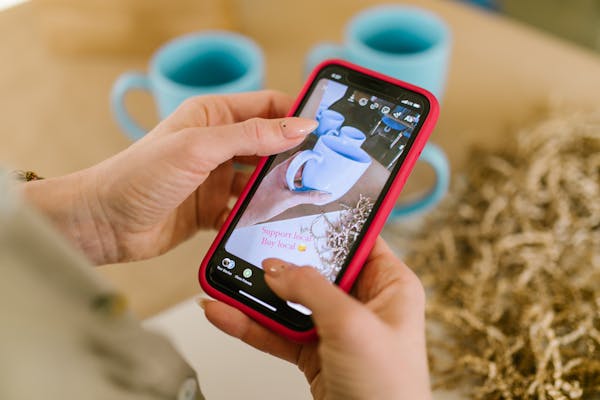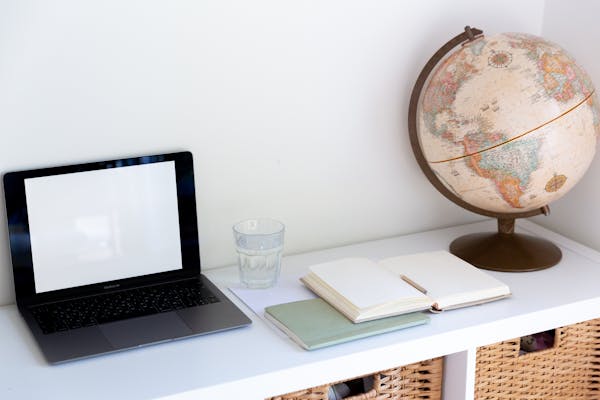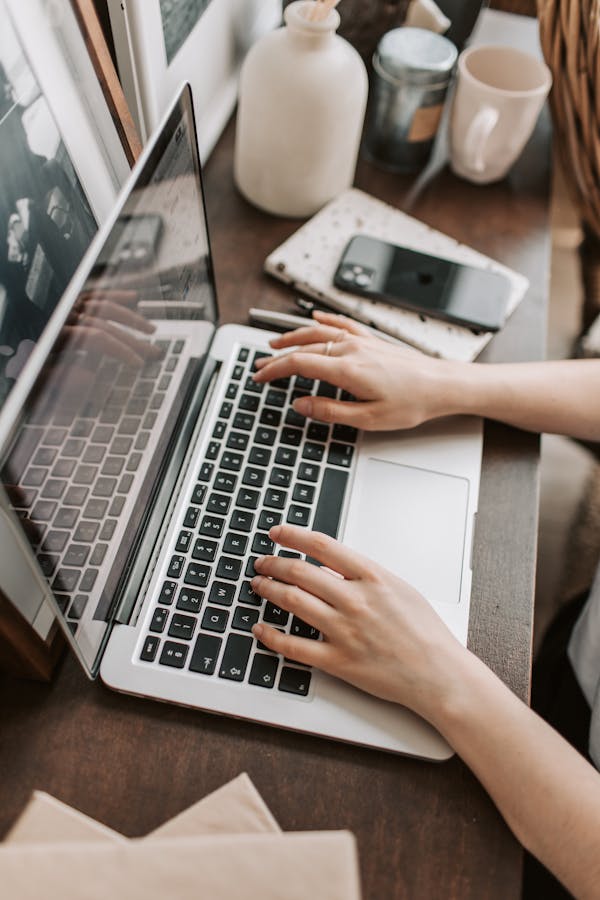The Silent Language of Success: Reading the Room in Australian Workplaces

I was in a café in Melbourne with Rebecca, a really good project manager who had been unable to turn her team around for the past few months. “Marcus,” she said, leaning in, furrowing her brow, “I am saying all the right things in meetings, but I don’t feel like I’m getting through to people. What am I missing?”
The response, I gently told her, was not in her words at all. It was in a language she wasn’t even conscious she was speaking, her body language.
The Power of the Non Verbal
For more than 20 years, I’ve worked with Australian businesses across every state and territory, from Perth to Brisbane, and here’s what I’ve discovered: we’re all having two conversations at once. There is the one we do with our words, and there is the one we do with our bodies. The second conversation is typically the real story.
Think about it for a moment. When your co worker folds their arms while you are giving a presentation, or when your boss locks eyes with you while you are discussing a challenge, those gestures are not random. They’re a rich, complex language that all of us are using, whether we realise it or not.
I recall consulting for a tech startup in Sydney and the CEO, James, was at a loss as to why his team seemed to be ‘disengaged’ during meetings. When I watched one of their sessions, the problem became obvious. James would pace behind his chair, occasionally look at his phone and seldom look in the eye the speakers. His words were saying “I value what you’re saying to me” and his body was hollering “I’m not actually here.”
Reading the Silent Signals
Learning to interpret body language is not about really becoming a mind reader, it’s about being a better human being when you’re at work. When you see that knit brow or pursed lips on a teammate’s face, you’re receiving crucial information about that person’s emotional condition. Perhaps they’re confused, or frustrated, or just need more time to think about what you’ve described.
I once met an Emma, an outstanding accountant from Adelaide, who felt invisible in client meetings, though she knew her stuff. Together we found that her tendency to look down at her notes and to keep her arms close to her body was a nonverbal message of uncertainty. Within weeks of striking more open poses and maintaining confident eye contact, her clients started asking her advice more and more.
The wonderful thing about body language, of course, is that it also goes the other way. You can start reading others better, AND be able to project the confidence and warmth of who you actually are inside.
Building Bridges Without Words
What’s so fascinating to me about learning office body language is how it spans so many different kinds of bridges. In our wonderfully diverse Australian offices, where words can sometimes fail us in meaning let alone intention, a real smile, an open posture, open body language, smiles and a sense of paying attention, that’s cultural and values inclusive.
The other day I was on a building site in Darwin where the crew spoke four languages last year. The site supervisor, Tony, was trained to employ clear, purposeful gestures and open body language to convey safety instructions and encouragement. The result? And not only did workplace accidents fall, team morale shot up. Tony learnt that when you show up with your full presence, not just with words, people really feel seen and valued.
Your Body Language Toolbox
Here’s what I’ve found works best for Australian professionals:
Eye contact is your foundation. Not in the sense of looking into people’s eyes, it’s about wanting to know and establishing trust. When people talk to you, listen with your eyes.
Posture tells your story before you even open your mouth. Stand up nice and tall with your shoulder down and square. Think of it as a form of respect for both yourself and the people around you.
Open gestures invite connection. Rather than folding your arms (which may signal defensiveness even when you don’t feel defensive), keep your arms where your hands are visible and your body language is open.
Facial Expressions Are Your Emotional Agents Our emotional signals. Smile with your eyes, showing you care for someone else. A nod of the head here or there can make someone feel they are sharing with a good ear, and the interested expression lets them know you are actually listening.
Making It Work in Your World
The hobbit in the cubicle is saying: “Sure, that all sounds good, Marcus, but I can’t even get out for lunch, let alone find the time to learn body language.” I understand, and I have been there. The fun part about learning these skills is actually that you can have a go at it in our daily interactions.
Start small. Try focusing on making better eye contact in one meeting per day this week. For next week, focus on posture when you’re on a call (yes, how you’re positioned affects your voice as well!). The week after, study one person’s face more intently.
I was coaching Lisa, a high achieving marketing director from Perth, who completely reset her leadership presence in just a few minutes a day by attending to her body language for just five minutes before any significant meeting. She’d draw herself up, take a deep breath, and set an intention to be present in the moment. Immediately, her team noticed the difference, they experienced being heard and they valued what they were doing.
The Ripple Effect of Improved Communication
When you invest in learning how to read body language, you’re not just enhancing your ability to communicate, you’re helping to create a better workplace for everyone. Teams who have good chemistry with how they communicate verbally and nonverbally just get better results. They resolve disputes faster, they work better together, and they create spaces in which everyone can succeed.
I’ve witnessed it dozens of times in workplaces across Australia. As leaders understand how to communicate confidence and warmth through their body language, they become less anxious and more inspirational to their team. When team members are adept at reading one another’s nonverbal cues, they can offer support before issues snowball, and they can celebrate successes with more heart.
Your Next Step Forward
What’s more, you have complete control over your body language skills, which makes that a wonderful thing. You don’t have to ask your boss’s permission, you don’t have to beg for a larger budget, and you don’t need to implement new software. You only need the consciousness and the intention to communicate your entire self, not just your words.
Notice how one person uses their body in conversation tomorrow. And what is their body language, their stance, their gestures, their facial expression, telling you beyond their words? And then tune in to your own non verbal communication. Is the message that you want to send being sent?
After all, every great professional relationship was built on two people actually seeing and understanding each other. In our hectic, hyperconnected times, the individual who invests the effort to become proficient in this most fundamental of human skills, the art of nonverbal communication, is going to shine.
Concluding Remarks
Your body is loud with what you stand for and what you believe in. Confirm that it is telling the story you want people to hear.






